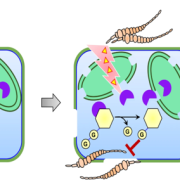
Chemical defense: Exploring two-component plant defense mechanisms in Panax species
Plant Science Research WeeklyIn the interesting world of plant defenses, plants have secret weapons called defense metabolites that stay quiet until a pathogen comes knocking. Plants have evolved two-component chemical defence systems to protect against pathogens while striking a balance between growth promotion and defence mechanisms.…
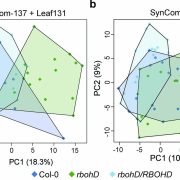
An opportunistic plant pathogen disrupts leaf microbiome through secretion of plant cell wall degrading enzymes
Plant Science Research WeeklyHealthy plants possess a functional immune system, and their leaves harbor a structured microbial community, including opportunistic pathogens. These opportunistic pathogens can trigger plant diseases under conducive conditions, such as when plant immunity is compromised, and the microbial community…
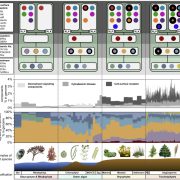
Plant Science Research Weekly: February 16, 2024
WWR Full PostReview: Integrating cellular electron microscopy with multimodal data to explore biology across space and time
Fifty years ago (1974), Albert Claude, Christian de Duve, and George Palade were awarded the Nobel Prize for their discoveries on the structural and functional organization of the cell, which…
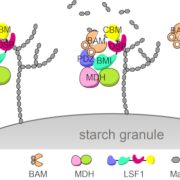
It takes a complex to degrade starch
The Plant Cell: In a NutshellJian Liu, Xuecui Wang, Zeyuan Guan, Junjie Yan and colleagues reveal how the glucan phosphatase LSF1 acts as a scaffold to bring together the necessary enzymes for starch degradation.
https://doi.org/10.1093/plcell/koad259
Background:
Starch is a glucan-polymer that accumulates in chloroplasts…
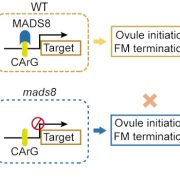
Conserved function of MADS8 in pistil regulation at high temperatures
The Plant Cell: In a NutshellShen et al. explore how female reproductive development is maintained in at high ambient temperatures in barley and rice, and whether members of the SEPALLATA subfamily of floral organ regulators contribute.
https://doi.org/10.1093/plcell/koad246
Chaoqun Shena,b and Matthew R. Tuckerb
a Joint…
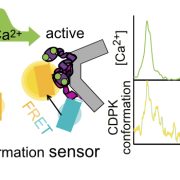
Imaging of Ca2+-decoding in planta
The Plant Cell: In a NutshellLiese et al. reveal a genetically encoded fluorescent biosensor for CDPK conformational activation.
https://doi.org/10.1093/plcell/koad196
By Anja Liese1,2 and Tina Romeis1,2
1 Department for Biochemistry of Plant Interactions, Leibniz Institute of Plant Biochemistry, D-06120 Halle (Saale),…
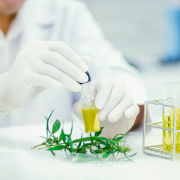
Science Communication and Public Understanding
Blog, CommunityScientific theories and methods can be complex. This may lead to misunderstandings, cause fear about scientific knowledge, and affect public trust in scientific research. To effectively engage with the public and gain their support, scientists must actively communicate about their work.
Many expect…

Plantae Presents: Plant Science for Startups
Blog, Education, Plantae WebinarsPlantae Presents: Plant Science for Startups
Featuring Kathleen Hefferon, Maria Sorkin, Adrián López Velarde, Daniel Westcott, and Weslee Glenn
When: Friday, February 23, 2024, at
8:00 AM PST | 11:00 AM EST | 4:00 PM GMT | 9:30 PM IST
About this Webinar
Embark on a transformative journey through…

Navigating the Labyrinth of Discrimination: A Call for Inclusion in Academia
Blog, CommunityDiscrimination is not a new topic, we hear it on the news, we see it on social media, we have -hopefully- talked about it with our peers in conferences or during lunch. It might sound even repetitive. But then, if we have talked, read and heard so much about it, why are we still writing on this? Unfortunately,…

